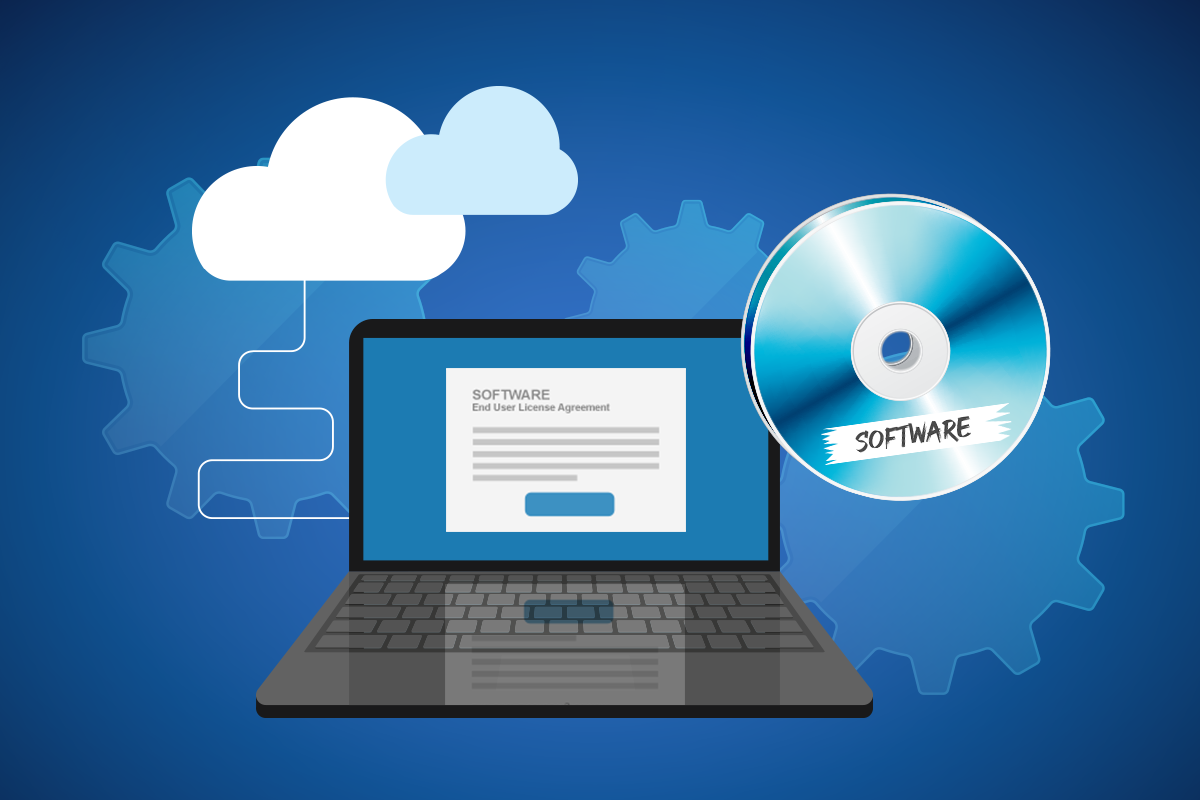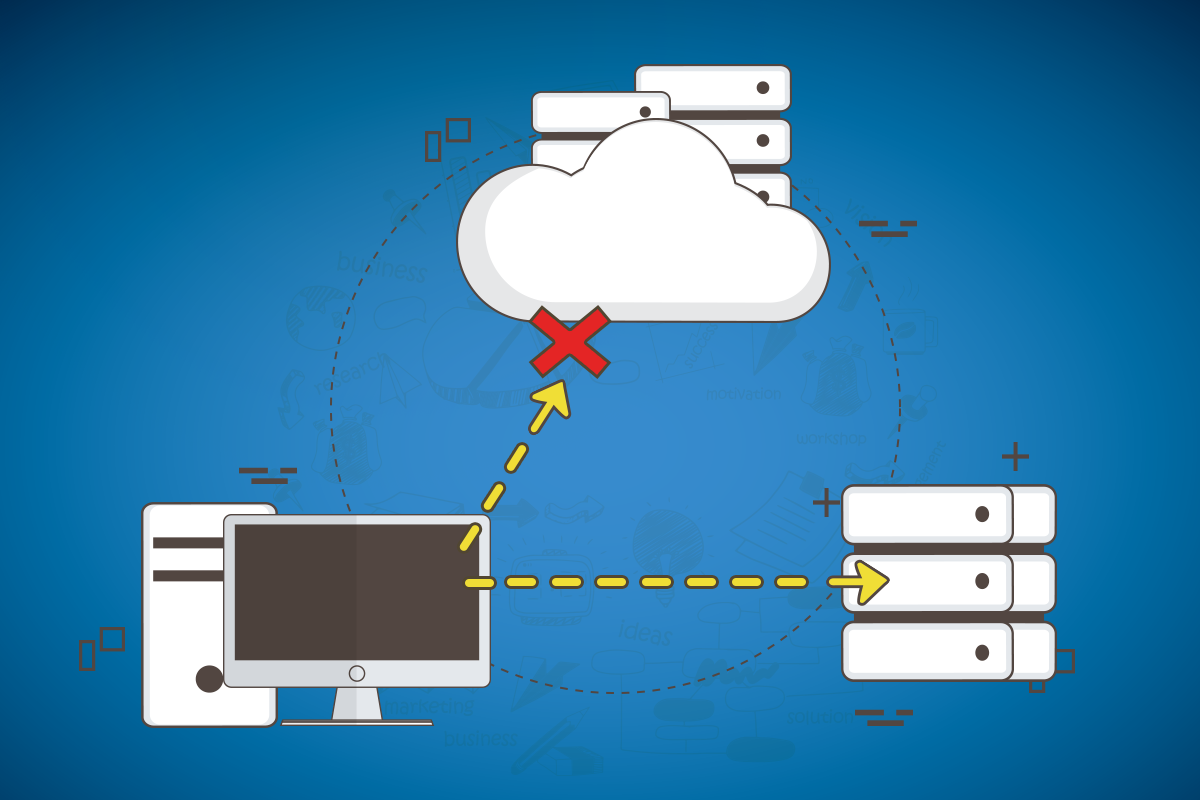
A new year is an opportunity to start afresh. This is also true for your technology initiatives. Your business can begin 2023 on the right foot by considering these important IT trends.
#1 Cloud migration
The pandemic pushed businesses to work remotely. Even those that said they’d never work from home saw benefits. Now, with cloud computing battle-tested, many offices are choosing to remain remote or at least hybrid, even though they could now go back.
So, expect the move to the cloud to continue for businesses looking to enjoy:
- increased productivity and output;
- ability to scale up and down as needed;
- capital and space savings;
- consistent user experience across devices;
- easier upgrades and security patching, as IT teams can manage this all in the cloud.
Migrating to the cloud also brings sustainability benefits. Cloud data centers are more energy efficient than on-premises IT infrastructure.
#2 Automation
Any opportunity to streamline processes can support competitive advantage. That’s why many digitally savvy businesses are embracing automation.
Improve human capital use by automating workflows that take abundant employee time. You can free up employees to work on higher-value initiatives. Plus, you can reduce the risk of human data entry or data processing errors. You’ll also cut the security risk from human involvement with sensitive data.
Platforms such as Power Automate and IFTTT (IF This Then That) make it simple.
#3 Multi-factor authentication
The days of securing business technology in a single, contained setting are gone. With digital transformation, businesses are growing more diffuse. People want to access business systems from any device, whether in the office or off-site.
Yet the old approach of trusting that the user, device, or application is who or what it claims to be no longer works. Frequent data breaches prove the importance of avoiding repeating passwords across sites. Hackers can use leaked credentials to get access and take action in a business network.
Multi-factor authentication (MFA) makes that compromised access more difficult. The bad actor needs to have the username and password to a separate device for verification.
As MFA gains momentum, expect to see more use of password managers and authenticator apps. Managers keep and secure all the unique, strong passwords people need to make. Authenticators help verify users are who they say they are.
#4 Optimizing IT budget
This is not a new trend, of course. Still, with the uncertain global economic outlook for 2023, it is a higher priority. As inflation and rising costs hit businesses, optimize IT budgets to align with your goals. This can improve user and customer experience, and help you corral costs.
Many businesses reach out to managed service providers (MSPs) for help reducing spend. Our IT experts can also help you to migrate to the cloud, automate, and secure your systems. Contact us today at (515)422-1995.











